The resonant properties of stringed instruments have long fascinated acousticians and luthiers alike, but few aspects are as curiously specific – or as practically consequential – as the transmission of vibrations through the endpin of a cello into the floor. Unlike their smaller counterparts, cellos rely on physical contact with the ground to amplify and project their sound, creating a complex interplay between wood, metal, and architecture that most players scarcely consider until something goes wrong.
At the heart of this phenomenon lies the endpin’s dual nature as both structural support and acoustic conduit. Modern cellists extend this metal spike (traditionally made of wood or bone) to stabilize the instrument, unaware that it simultaneously channels vibrational energy downward. The floor becomes an uncredited collaborator in the instrument’s voice, with parquet, concrete, and suspended stage flooring each imparting distinct coloration. Historical accounts reveal that Pablo Casals would sometimes tap his endpin against venue floors during rehearsals, not to adjust his seating position, but to audition the room’s resonant characteristics.
The physics behind this transmission defies simple explanation. When a bow excites the strings, vibrations travel through the bridge into the cello’s spruce top, then down through the tailpiece and endpin. High-frequency vibrations tend to dissipate within the instrument’s body, creating its characteristic warmth, while lower frequencies propagate efficiently through the rigid endpin. Research using laser vibrometry shows that frequencies between 80-200Hz – the very foundation of the cello’s emotional power – transfer most effectively into architectural structures. This explains why cellists often feel their instrument’s voice change dramatically when moving from backstage (where carpets typically dampen vibrations) to a hardwood performance space.
Contemporary luthiers have begun treating the endpin interface with the seriousness traditionally reserved for soundpost placement. Some now offer customized endpins featuring materials like carbon fiber or tungsten, which claim to optimize vibration transfer. The Paris-based workshop of Bernard Audour produces hand-forged steel endpins with precisely calculated tapers, contending that gradual diameter changes can filter undesirable overtones before they reach the floor. Meanwhile, Japanese cellist Dai Miyata sparked debate in 2019 by performing Bach’s Cello Suites using an endpin embedded with piezoelectric sensors, effectively turning the concert hall floor into a giant loudspeaker diaphragm.
Stage design has quietly evolved in response to these acoustic realities. The legendary Musikverein in Vienna employs a sophisticated system of removable floor panels beneath cello sections, allowing technicians to swap resonant spruce platforms for dampened oak depending on repertoire. At Berlin’s Pierre Boulez Saal, architects designed the stage with a series of concealed cavities directly beneath principal cello positions, creating Helmholtz resonators tuned to enhance specific frequencies. Such innovations acknowledge what physicists have measured: in certain halls, up to 15% of audience-perceived cello sound arrives not through air conduction, but via bone conduction through their seats – a literal embodiment of music.
The relationship between endpin and floor grows particularly crucial in recording contexts. Veteran producer Morten Lindberg, known for his work with TrondheimSolistene, insists on positioning cello chairs atop custom-built platforms filled with alternating layers of maple and lead shot. This unconventional sandwich filters out problematic midrange frequencies while preserving the tactile growl that defines the instrument’s character. Meanwhile, London’s Abbey Road Studios maintains a collection of vintage carpets specifically for isolating cellos in overdub sessions – their wool density and weave patterns carefully catalogued for different sonic outcomes.
Practical consequences emerge daily for working cellists. Those performing in modern buildings with concrete floors often complain of an unnaturally bright, almost metallic tone, as the rigid material reflects higher frequencies back into the instrument. Some resort to placing coins or leather discs beneath their endpins as makeshift filters. Conversely, cellists in older venues with wooden substructures frequently report enhanced bass response, though occasionally at the cost of pitch definition during rapid passages. The late Russian pedagogue Natalia Gutman famously instructed students to practice in socks on bare flooring to better feel these vibrations internally, considering it essential for developing true legato.
As architectural trends favor ever more rigid construction materials, some fear the cello’s traditional voice may become endangered. A 2021 study by the Munich-based Acoustic Heritage Foundation analyzed recordings of the same Stradivarius cello in twelve European concert halls built between 1700-2020. Their findings suggested that modern reinforced concrete venues attenuate the instrument’s fundamental frequencies by up to 3dB compared to their wooden-floored predecessors. This has led to renewed interest in historical performance setups; several Baroque cellists now forego endpins entirely, preferring to grip the instrument between their calves as was common before 1850, thus bypassing floor coupling altogether.
The silent dialogue between cello endpin and flooring represents one of classical music’s most tangible intersections between artistry and physics. Next time you attend a chamber concert, observe how cellists subtly shift their weight or adjust their chairs – they’re not merely seeking comfort, but negotiating with the hidden resonances beneath their feet. In these barely perceptible adjustments lies an entire universe of acoustic adaptation, where millimeters of endpin exposure or degrees of floorboard grain orientation can alter an instrument’s voice as profoundly as any bowing technique. The floor, it seems, always has the last word.
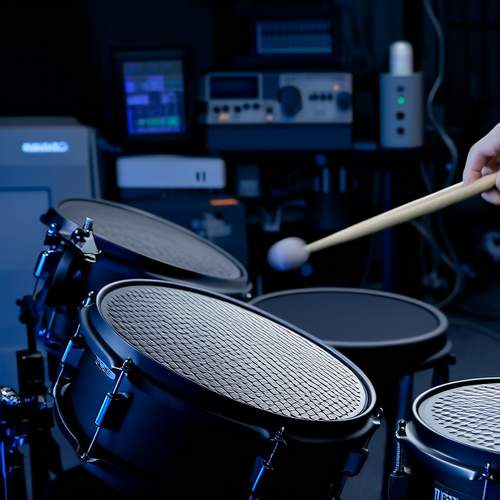
By /May 30, 2025
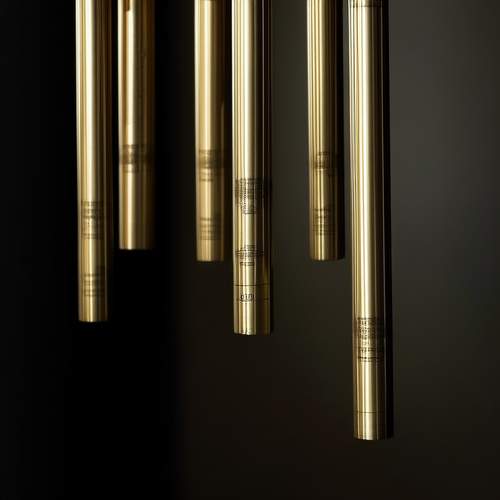
By /May 30, 2025
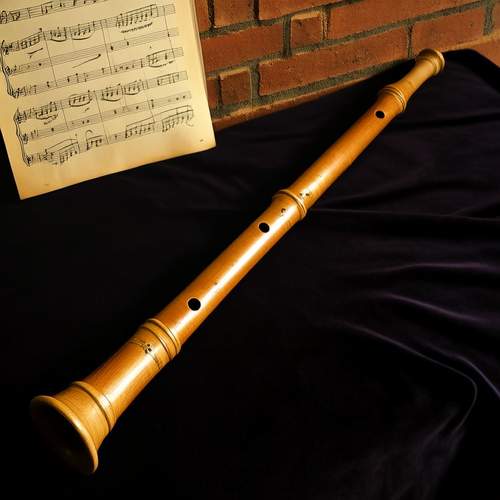
By /May 30, 2025
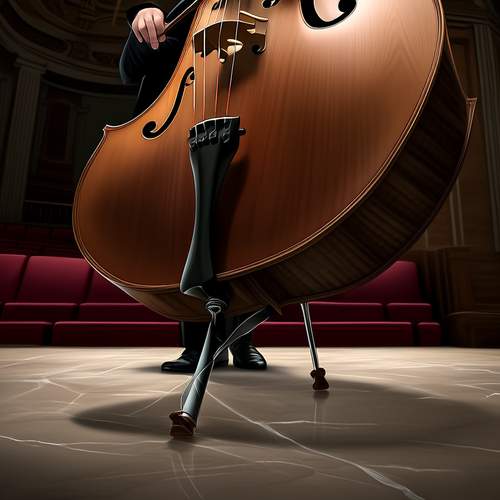
By /May 30, 2025
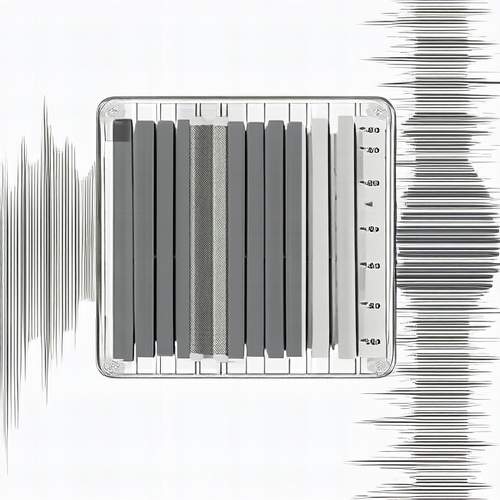
By /May 30, 2025
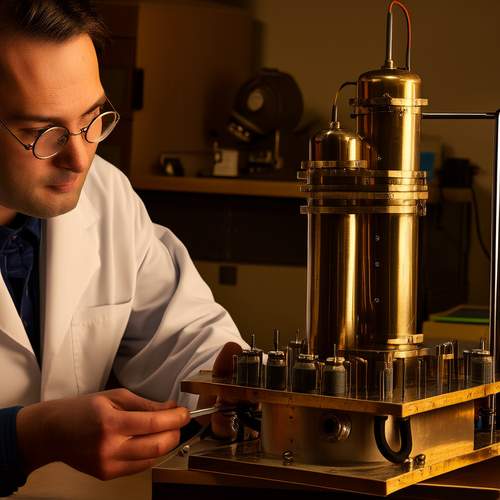
By /May 30, 2025
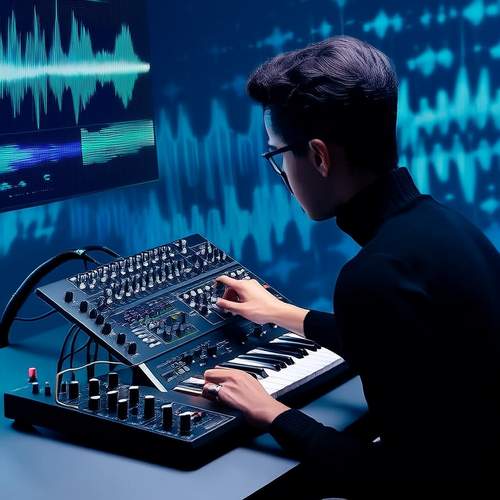
By /May 30, 2025
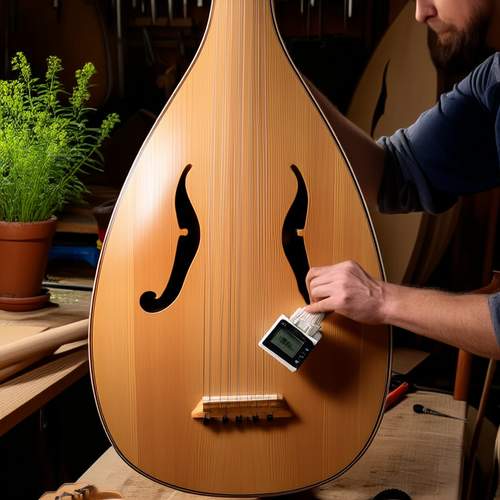
By /May 30, 2025
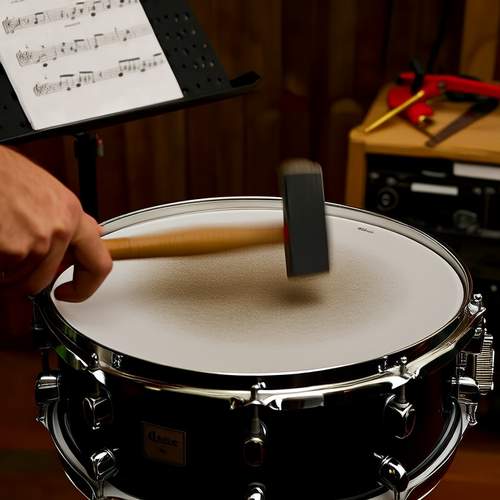
By /May 30, 2025
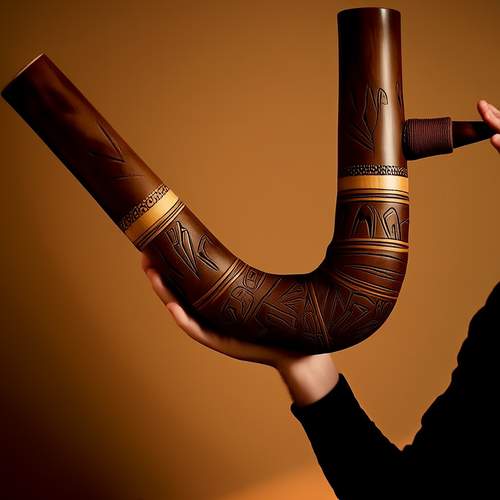
By /May 30, 2025

By /May 30, 2025

By /May 30, 2025

By /May 30, 2025
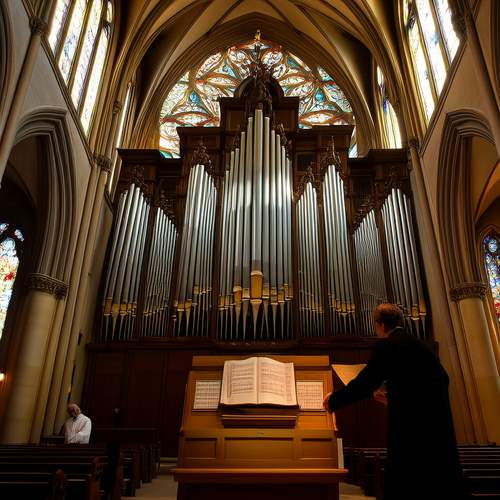
By /May 30, 2025
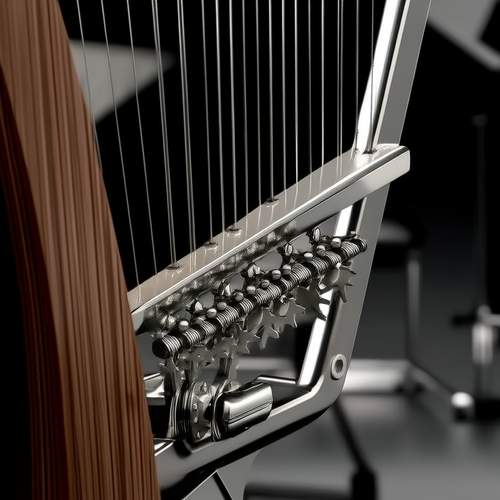
By /May 30, 2025

By /May 30, 2025
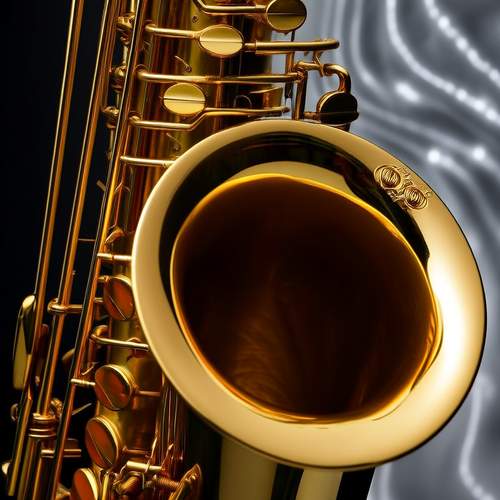
By /May 30, 2025
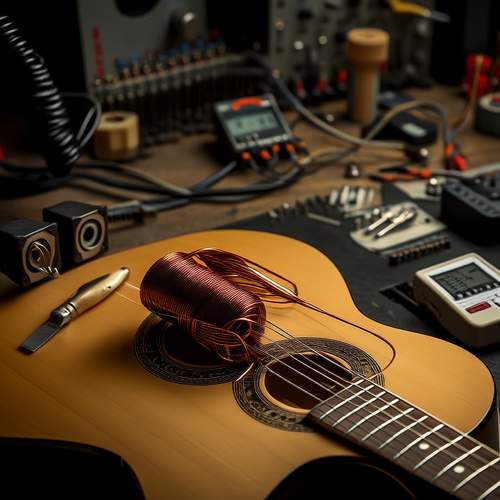
By /May 30, 2025
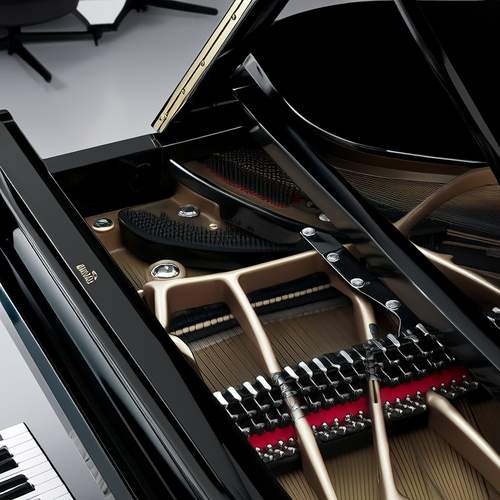
By /May 30, 2025
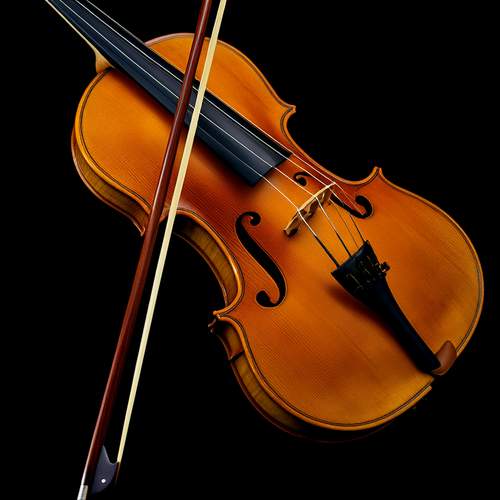
By /May 30, 2025